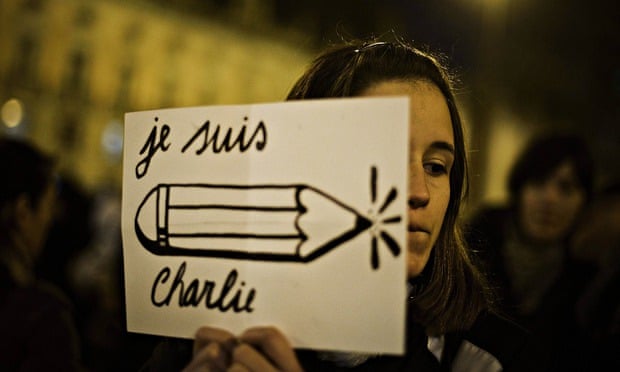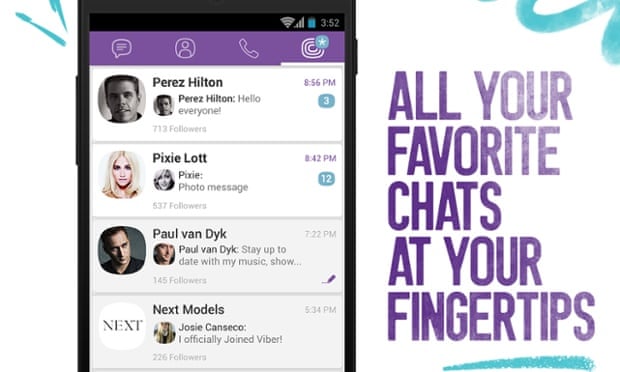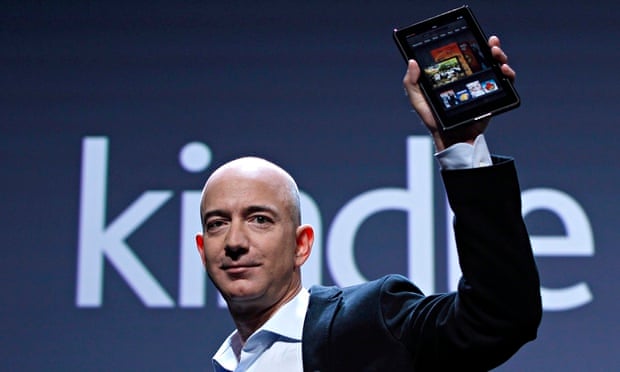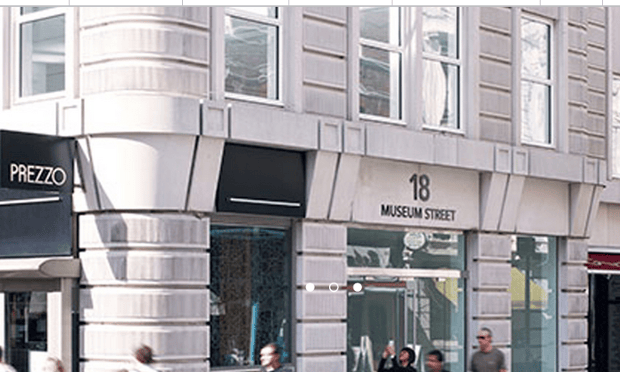Four key themes in racial representations:
Often quoted in relation to the black community but can be applied to other non-white groups
- Exotic (models; music artists; food)
- Dangerous (crime; gangs; socially dysfunctional)
- Humorous (comedians; sidekicks; quirky)
- Pitied (poverty)
Frantz Fanon: “Putting on the white mask”
Typically black stereotypes can:
- Infantilize - such as the 'cute' children of the Charity Poster or the 'simple-minded‘ 'Step ‘n’ fetch it‘ lazy comedian.
- Primitivize - The 'exotic & virile' tribal warriors or 'bare-breasted maidens' with a 'natural sense of rhythm‘. Sporting prowess.
- Decivilize - The 'Gangsta', 'Pimp' etc.
- Essentialize - Undifferentiated mass-'they all look the same to me'
Edward Saids: ''Orientalism''
Orientalism” is a way of seeing that imagines, emphasizes, exaggerates and distorts differences of Arab peoples and cultures as compared to that of Europe and the U.S. It often involves seeing Arab culture as exotic, backward, uncivilized, and at times dangerous.



